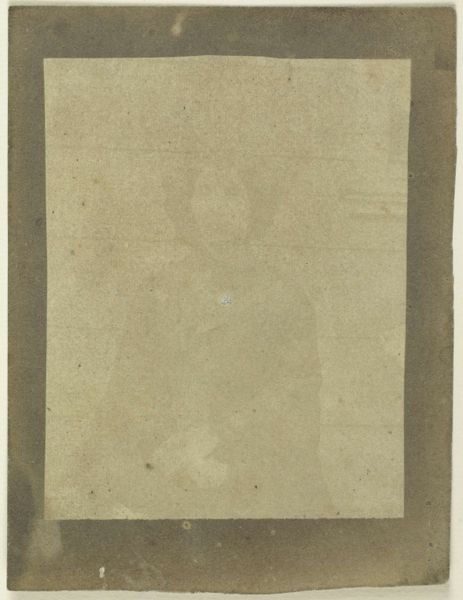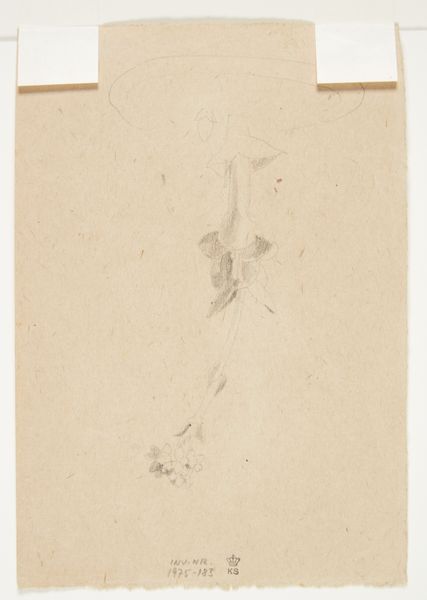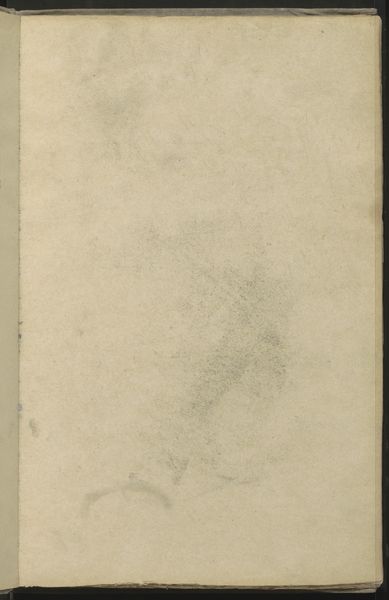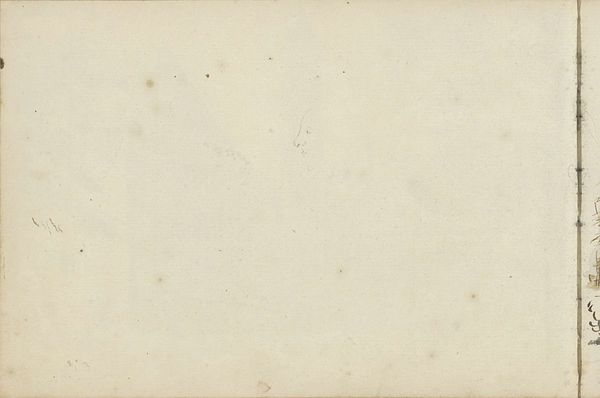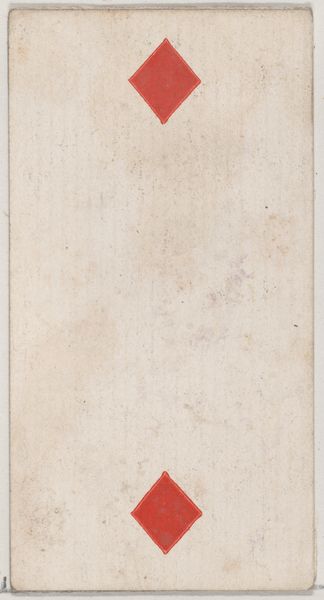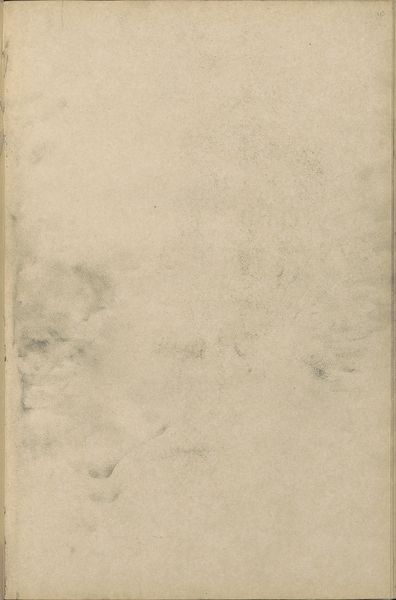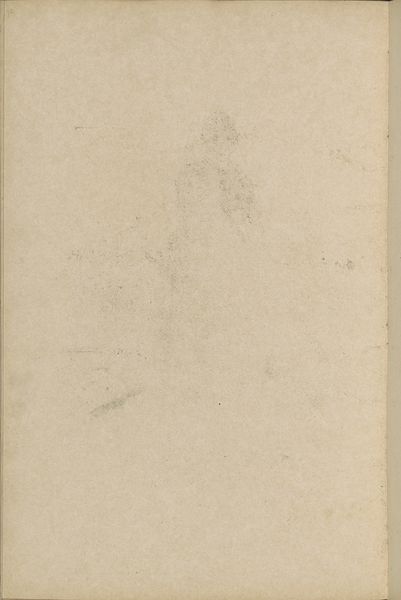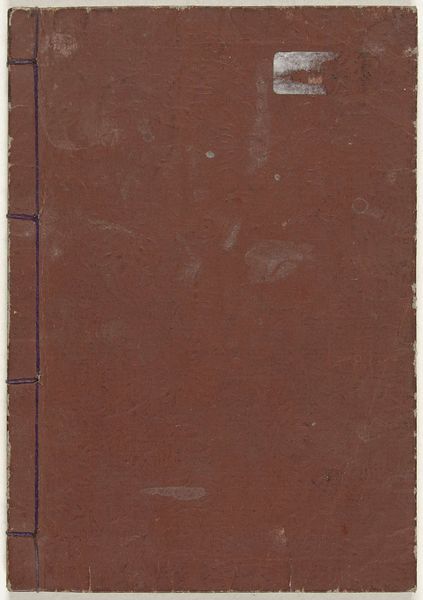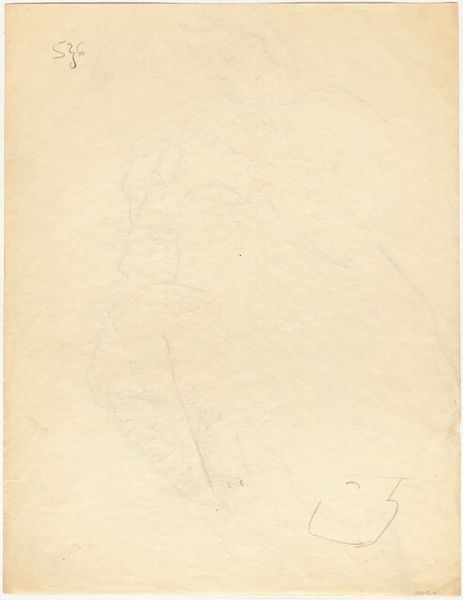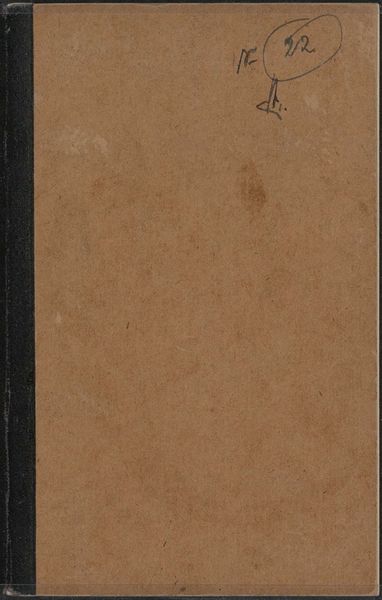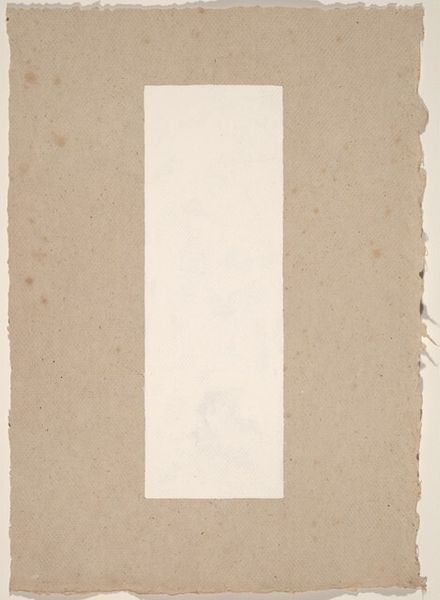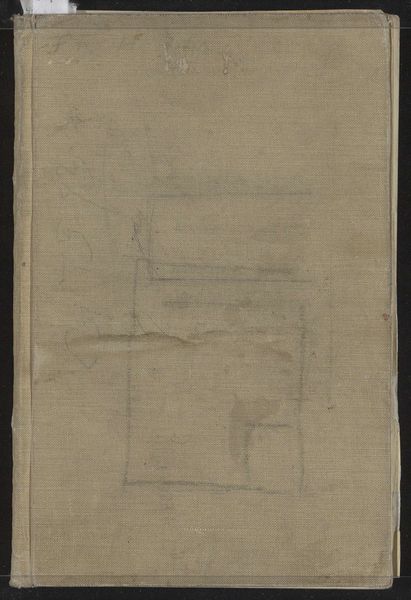
drawing, paper, pencil
#
portrait
#
drawing
#
paper
#
11_renaissance
#
pencil
#
watercolor
Dimensions: height 189 mm, width 123 mm
Copyright: Rijks Museum: Open Domain
Editor: We're looking at "Arm van een kind," or "Arm of a Child," a drawing attributed to Giacomo Cavedone, dating roughly from 1587 to 1660. It's rendered in pencil and perhaps watercolor on paper. It's fascinating to see such a detailed study of a single body part. What strikes you about this piece? Curator: I am immediately drawn to the economy of line. Consider how the artist uses hatching and cross-hatching to model the form, creating a sense of volume and light with minimal tonal variation. Note how the structure informs the content, the interplay of light and shadow, giving the arm palpable presence. Editor: The rendering of light is subtle, I agree. I find it difficult to imagine it being the fragment of a whole. Curator: The fragment becomes a study in itself. We can decode its form almost as an allegory: from line to form to life, the very basics of representational structure. The artist isn't aiming for photorealism but for an understanding of underlying form. What semiotic potential might exist in the form? Editor: That’s a fresh way of considering it – it almost feels like an exercise in pure form. Looking at it from a construction stand-point is interesting and has revealed nuances I initially missed. Curator: Indeed. Consider it an essay in understanding form itself. Through rigorous study, the hand renders structure and becomes its own symbol for larger realities. Editor: I see now it’s less about the arm itself and more about how we perceive its essence. Curator: Precisely. We can see this Renaissance aesthetic, moving from detail to totality by comprehending parts.
Comments
No comments
Be the first to comment and join the conversation on the ultimate creative platform.

